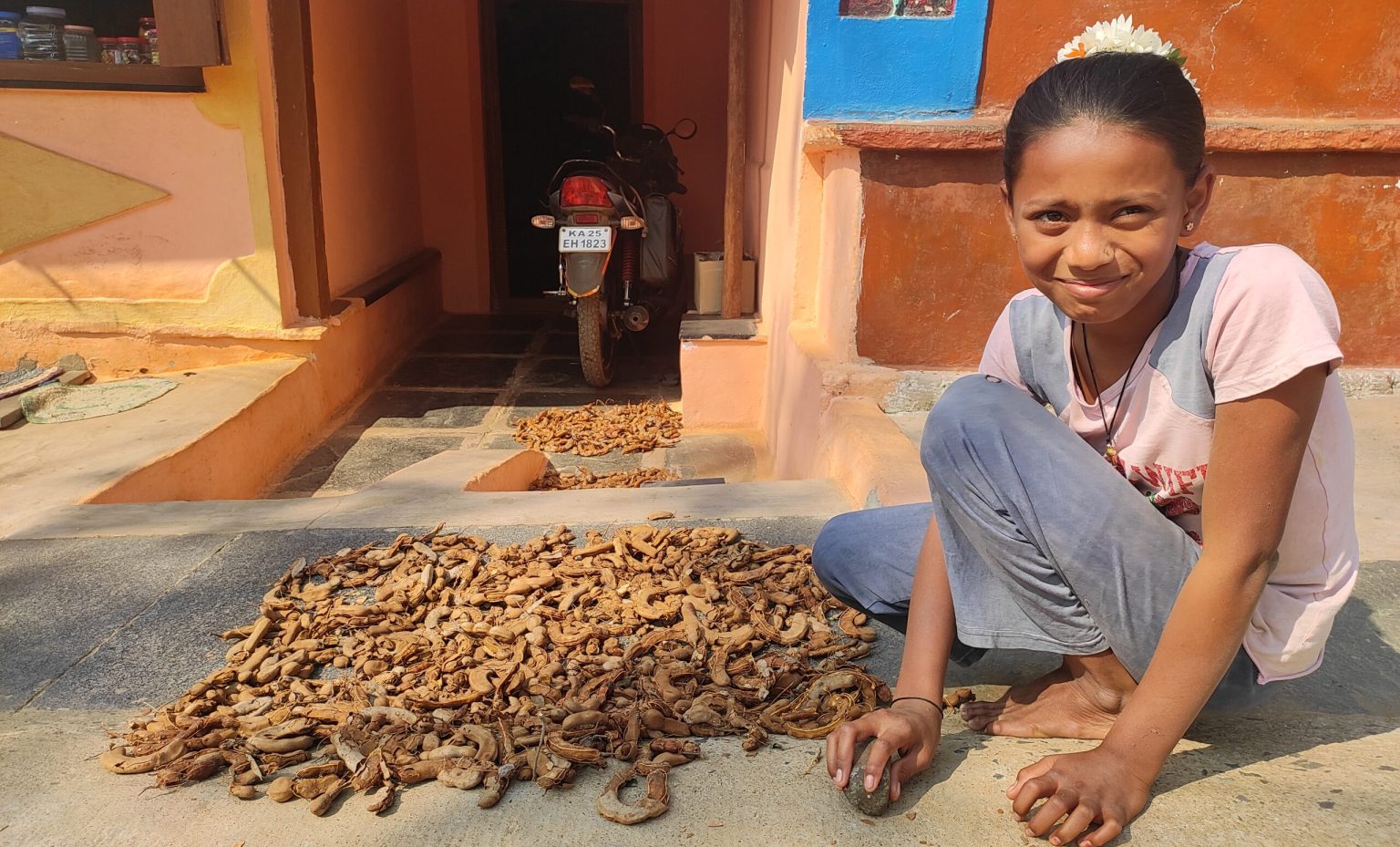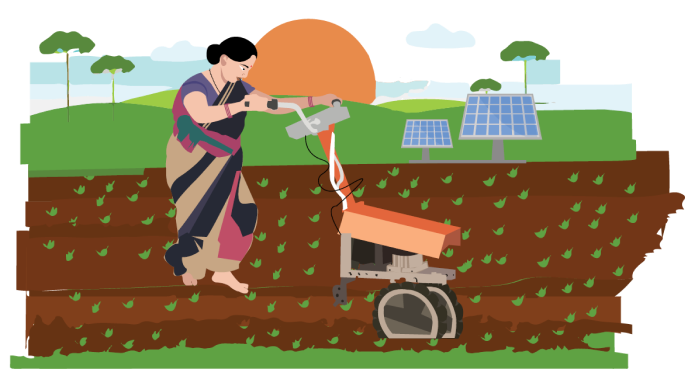Stone Grinders- once a necessity, now a decoration
Stone grinders, or kutnis, were once a necessity in every household for cooking, but in this modern age, which has seen the advent of the mixer grinder machine, the traders of stone grinders can sell only about 1-2 of them per day in an urban market, and earn only about Rs 200-400 per day.

There is high demand for tamarind in India for its versatile uses- as food flavouring, metal polish, and even as medicine.
Yet, the processing of a single tamarind fruit is no easy task. Tamarind needs to be sun dried for a total of 4-7 days during the whole process, with the most cumbersome part of the process being removing the pulp and seed.
There are machines for dehulling and deseeding, but most small producers have not even heard of them. They use basic tools such as the hammer and stone.
Small producers bear the brunt of low output, and get exploited by having to sell their produce at low cost as well as being forced to lease their trees to larger producers who have the machines.
How might we spread knowledge about tamarind processing machines to small producers, and help them to acquire these machines so that they have control over the value chain?

CatalsyeTech aims to foster an enabling ecosystem for innovation driven entrepreneurship at the bottom of the pyramid, to encourage and ensure participation of underrepresented communities.